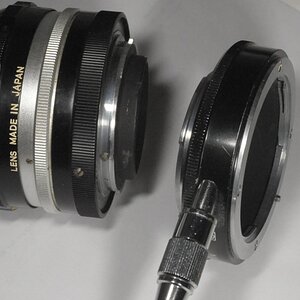rocketcityman
TPF Noob!
- Joined
- Jan 12, 2018
- Messages
- 15
- Reaction score
- 1
- Can others edit my Photos
- Photos NOT OK to edit
This is a bit broader than just a DSLR video question, though I do shoot video on a Panasonic Lumix G3 and edit it in Sony Vegas (video mostly imported as AVCHD), pertaining to good video conversion source-to-destination mappings when dealing with video in post/editing. I often deal with video in an MP4 container with AVC or H.264 codec format under the hood (I noticed one video someone sent me even had "MPEG 4 Visual" Advanced Simple@L3 as the name of the codec, which I hadn't seen before), but occasionally I have wmv files (which use the VC-1 codec) or quicktime (where I saw the MPEG4 Visual) as source videos.
Amidst all the various transcoding options I'm confused about the best source-to-destination (like AVC to H.264) pairings for video that would be either uploaded to sites like Vimeo or YouTube (where I think they even apply their own additional transcoding) or for home video you might want to stream on a LAN media server. Occasionally my 2K+ videos will go to DVD/MPEG-2 as well. I know that some people say that certain formats are only ideal as final delivery/playback formats but not good for dragging into an editor as an editing format before you render it/transcode it to a different output format, because if you do you will lose quality editing in a less than ideal format.
Has anyone with video editing experience developed any kind of cheatsheet (literally a spreadsheet comes to mind with source/destination format columns) for video conversions with any kind of "great|good| mediocre|bad" rating (based on video quality, bitrate, file size, and amount of lossy-ness) for codec transcoding - at least in the realm of home video or video intended for streaming? Even a few comments on certain formats would be helpful that I could compile into a sheet of my own.
Thanks in advance!
Amidst all the various transcoding options I'm confused about the best source-to-destination (like AVC to H.264) pairings for video that would be either uploaded to sites like Vimeo or YouTube (where I think they even apply their own additional transcoding) or for home video you might want to stream on a LAN media server. Occasionally my 2K+ videos will go to DVD/MPEG-2 as well. I know that some people say that certain formats are only ideal as final delivery/playback formats but not good for dragging into an editor as an editing format before you render it/transcode it to a different output format, because if you do you will lose quality editing in a less than ideal format.
Has anyone with video editing experience developed any kind of cheatsheet (literally a spreadsheet comes to mind with source/destination format columns) for video conversions with any kind of "great|good| mediocre|bad" rating (based on video quality, bitrate, file size, and amount of lossy-ness) for codec transcoding - at least in the realm of home video or video intended for streaming? Even a few comments on certain formats would be helpful that I could compile into a sheet of my own.
Thanks in advance!
Last edited:













![[No title]](/data/xfmg/thumbnail/31/31096-b9b8d52b45753cd4f9251832149ef9da.jpg?1619734613)